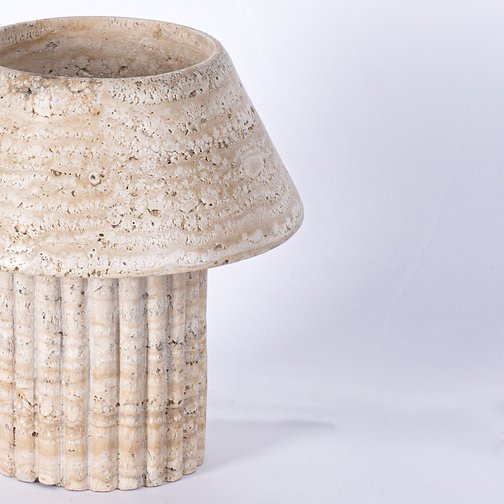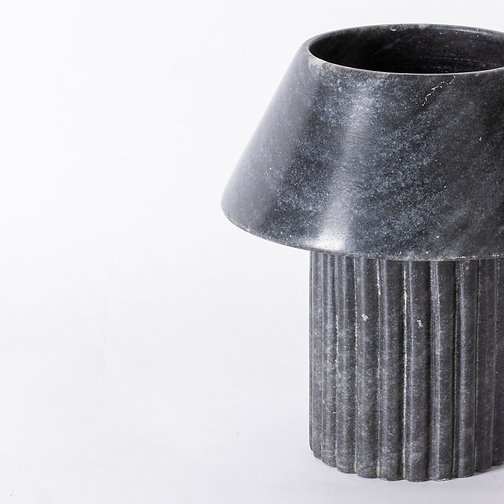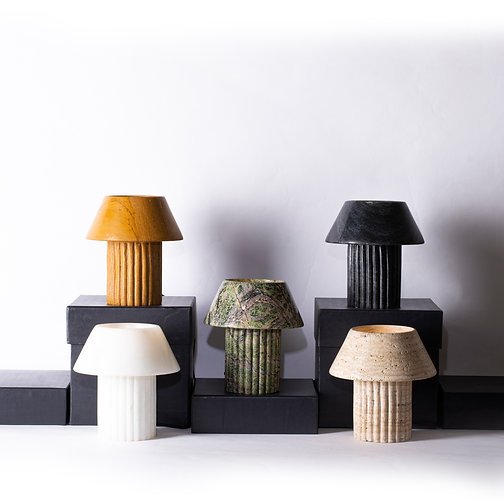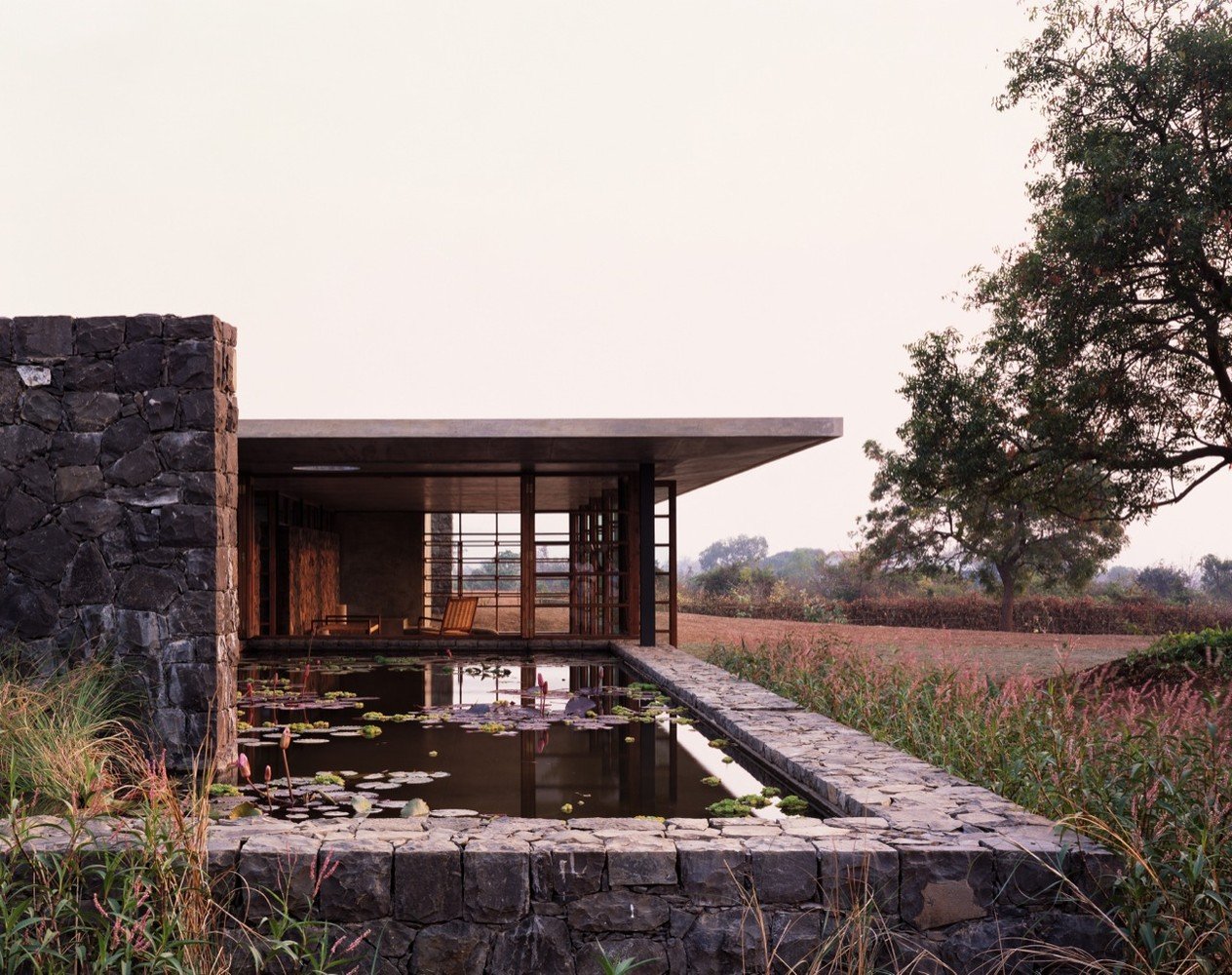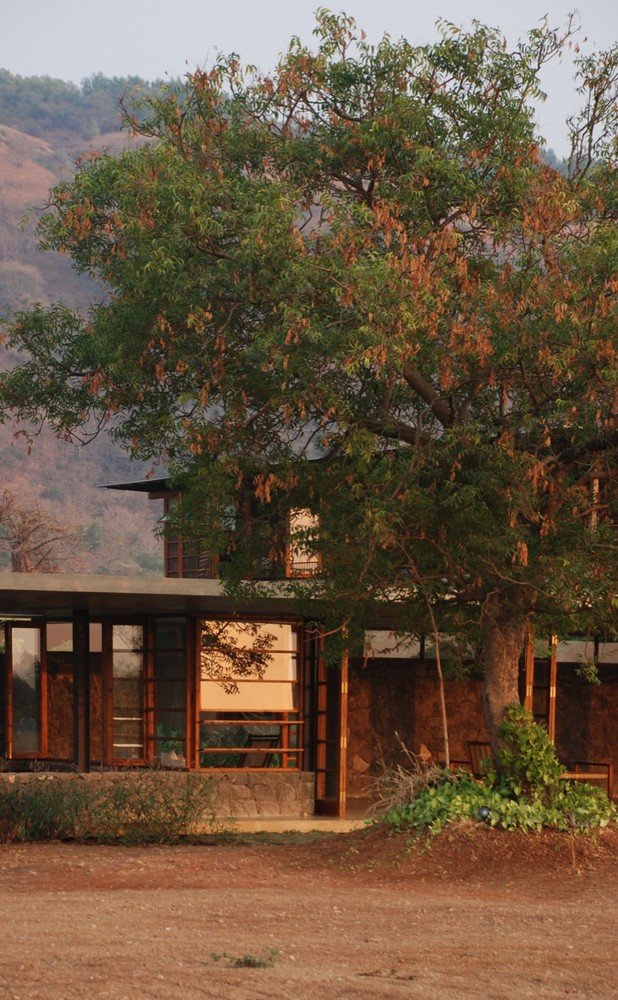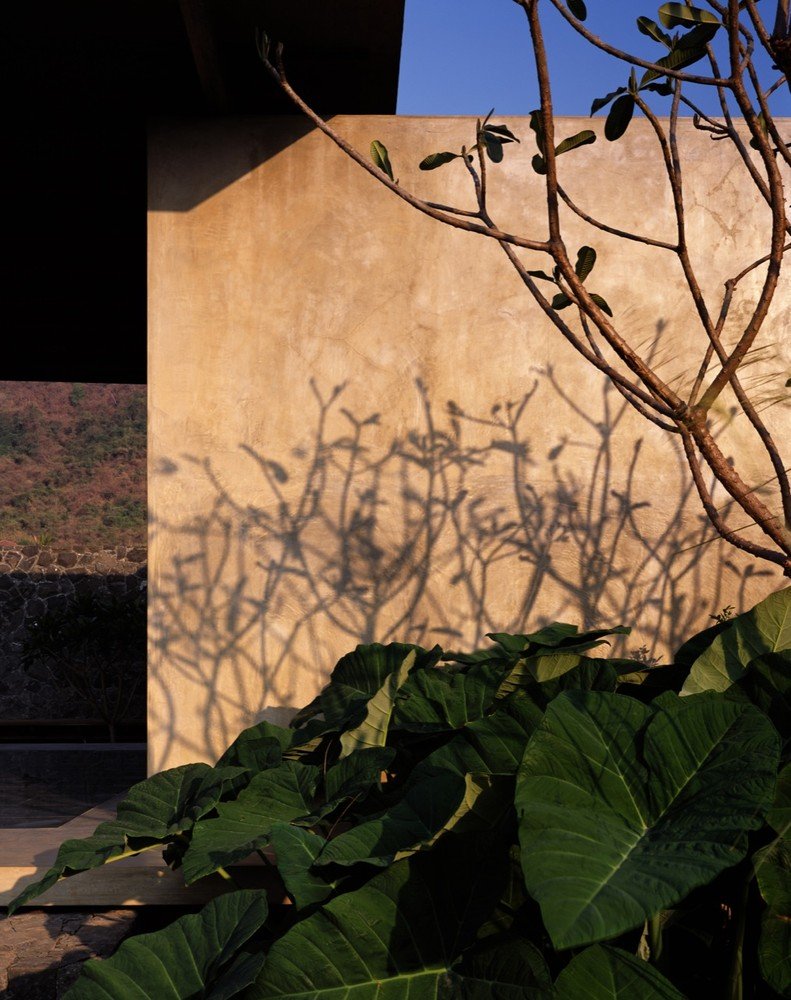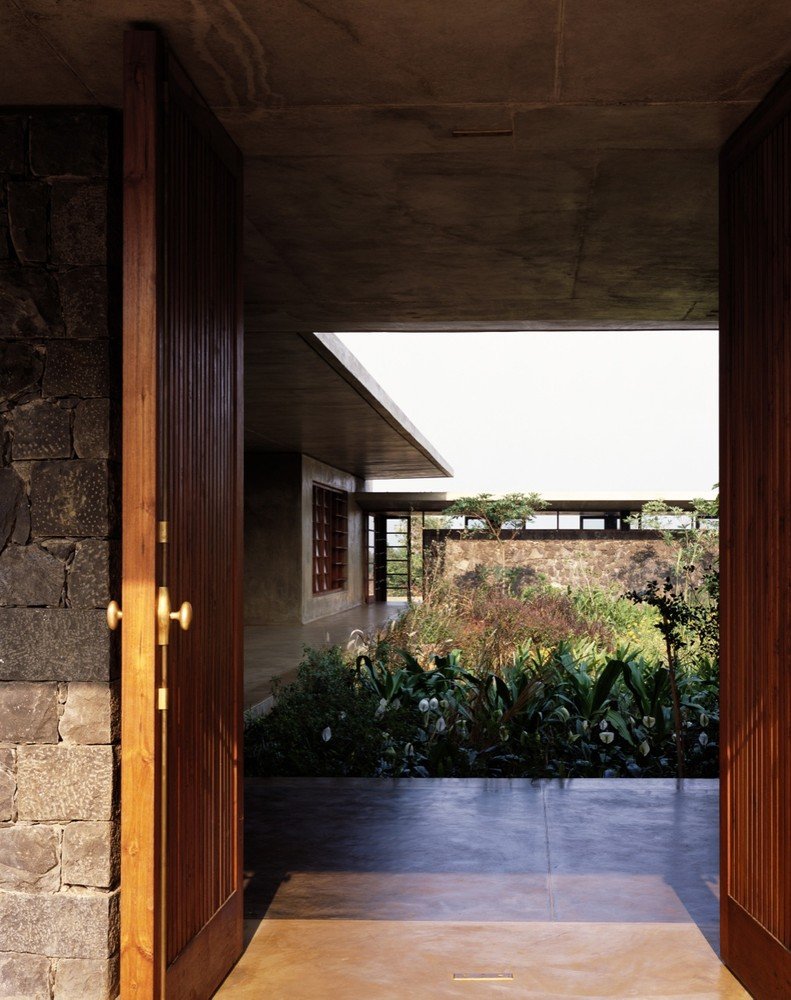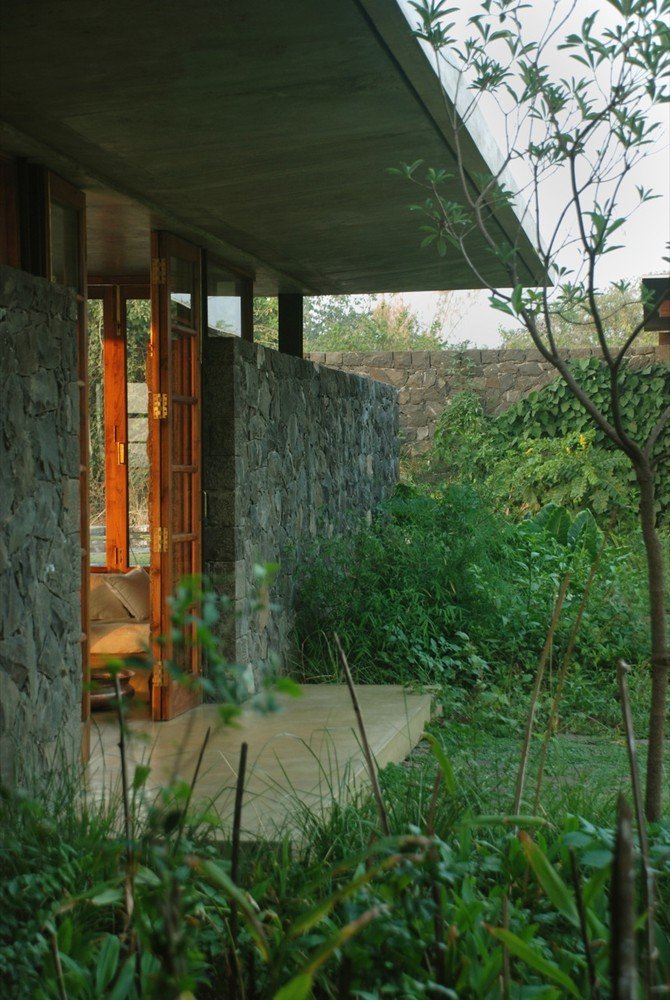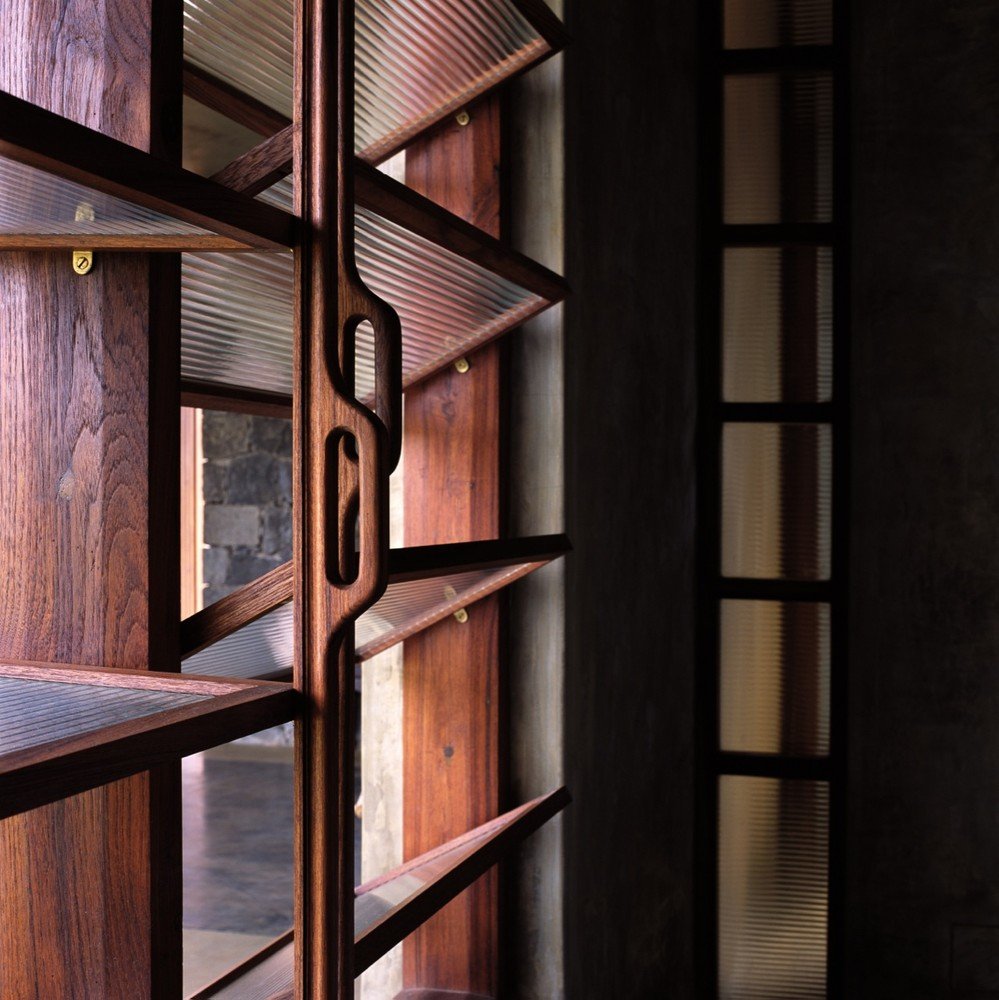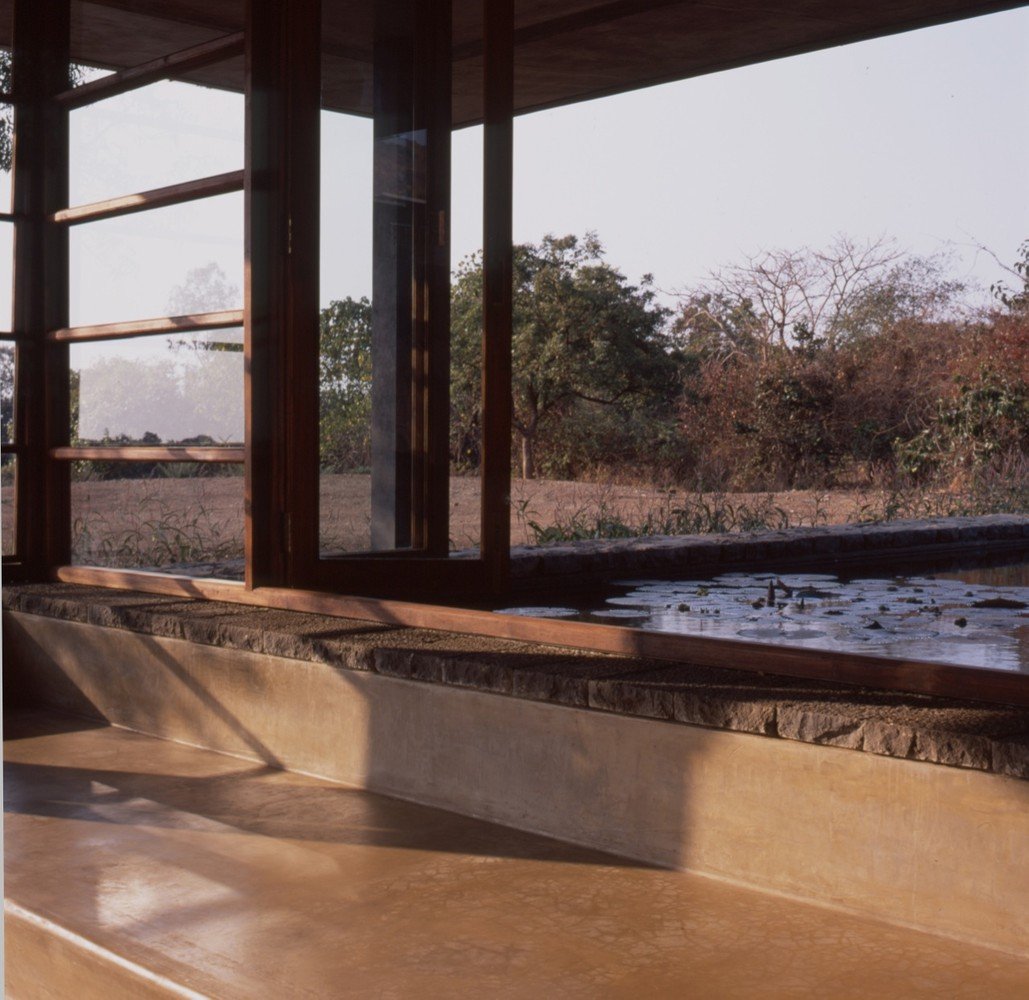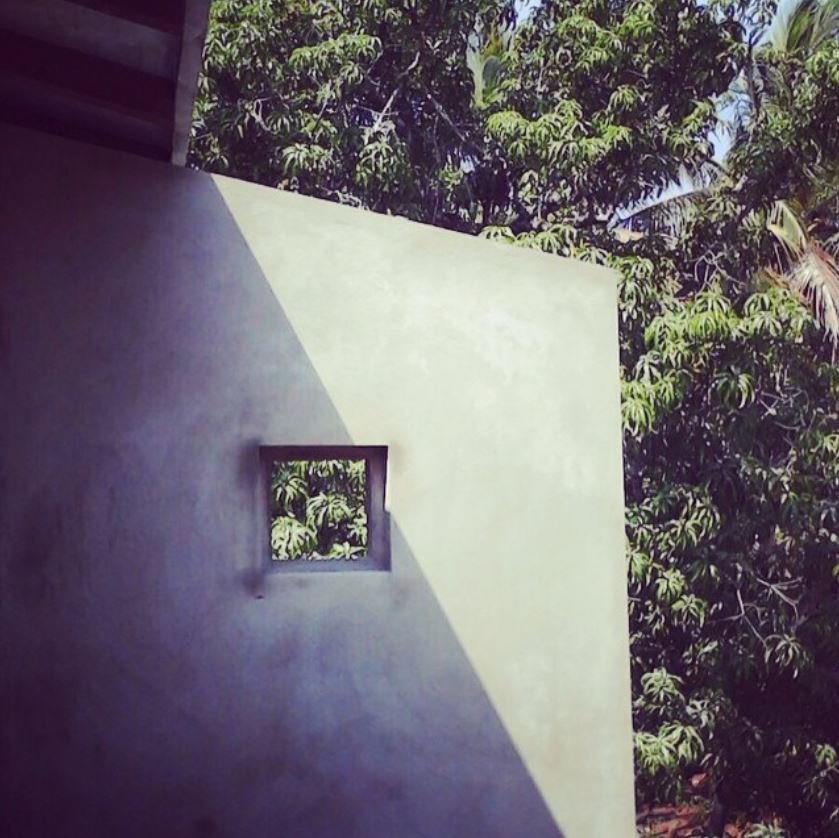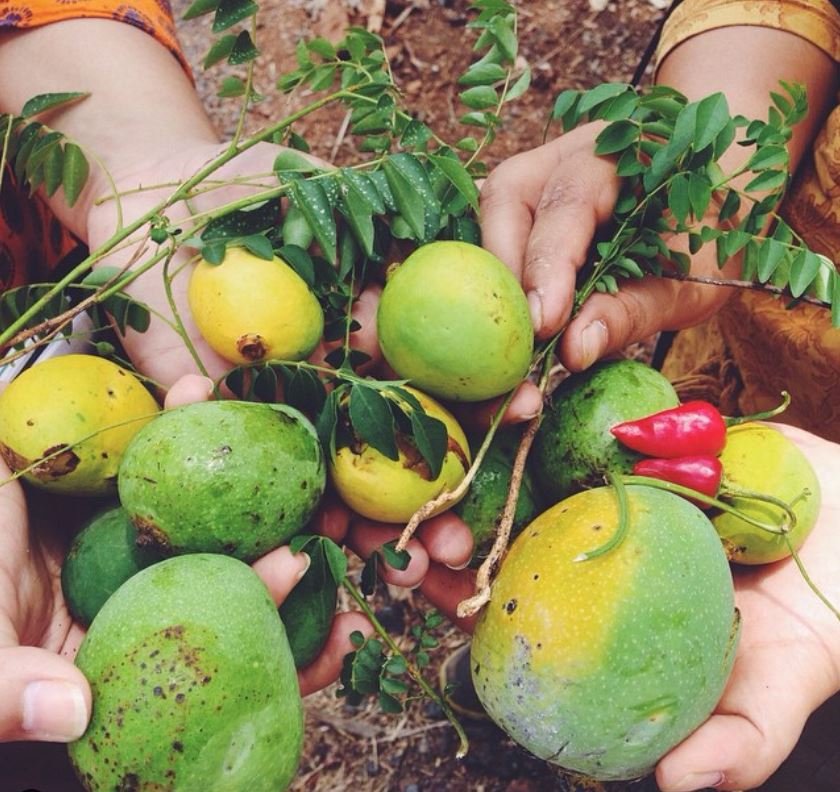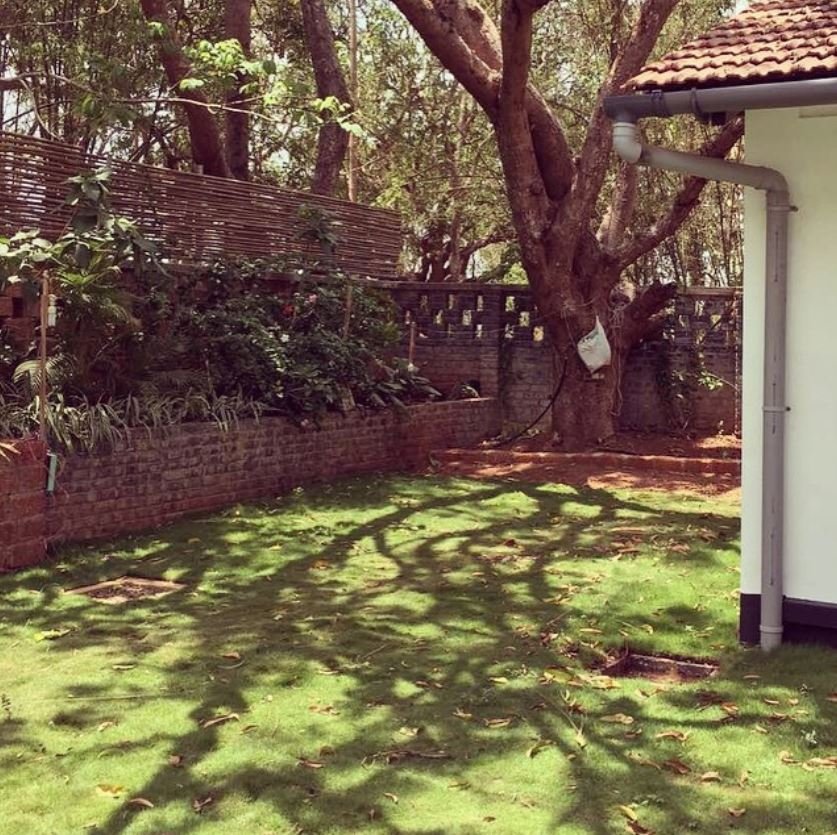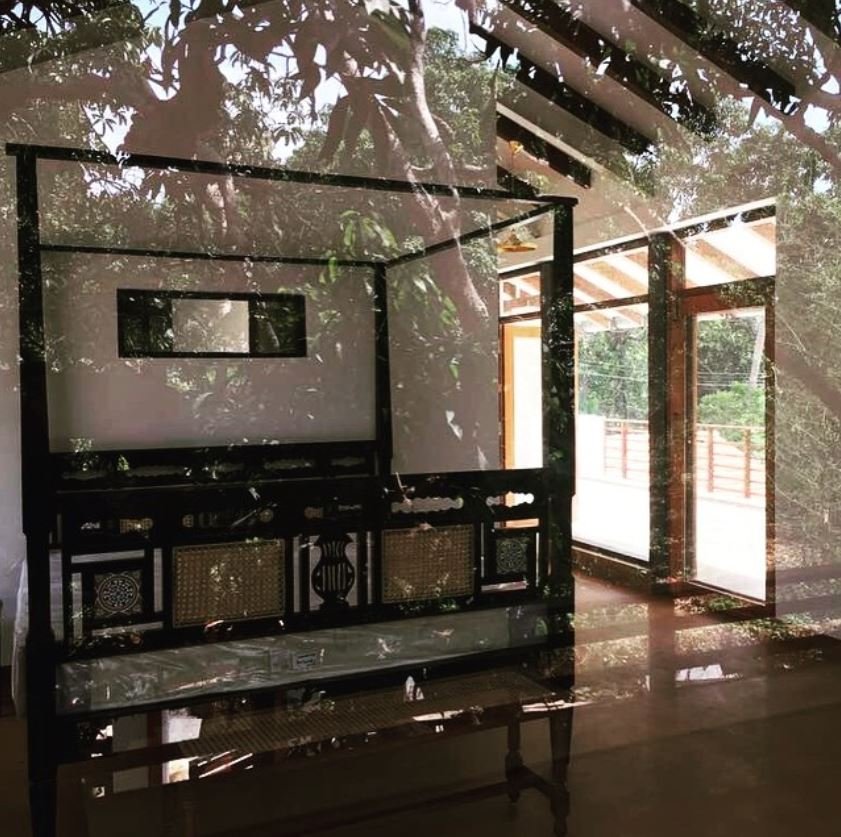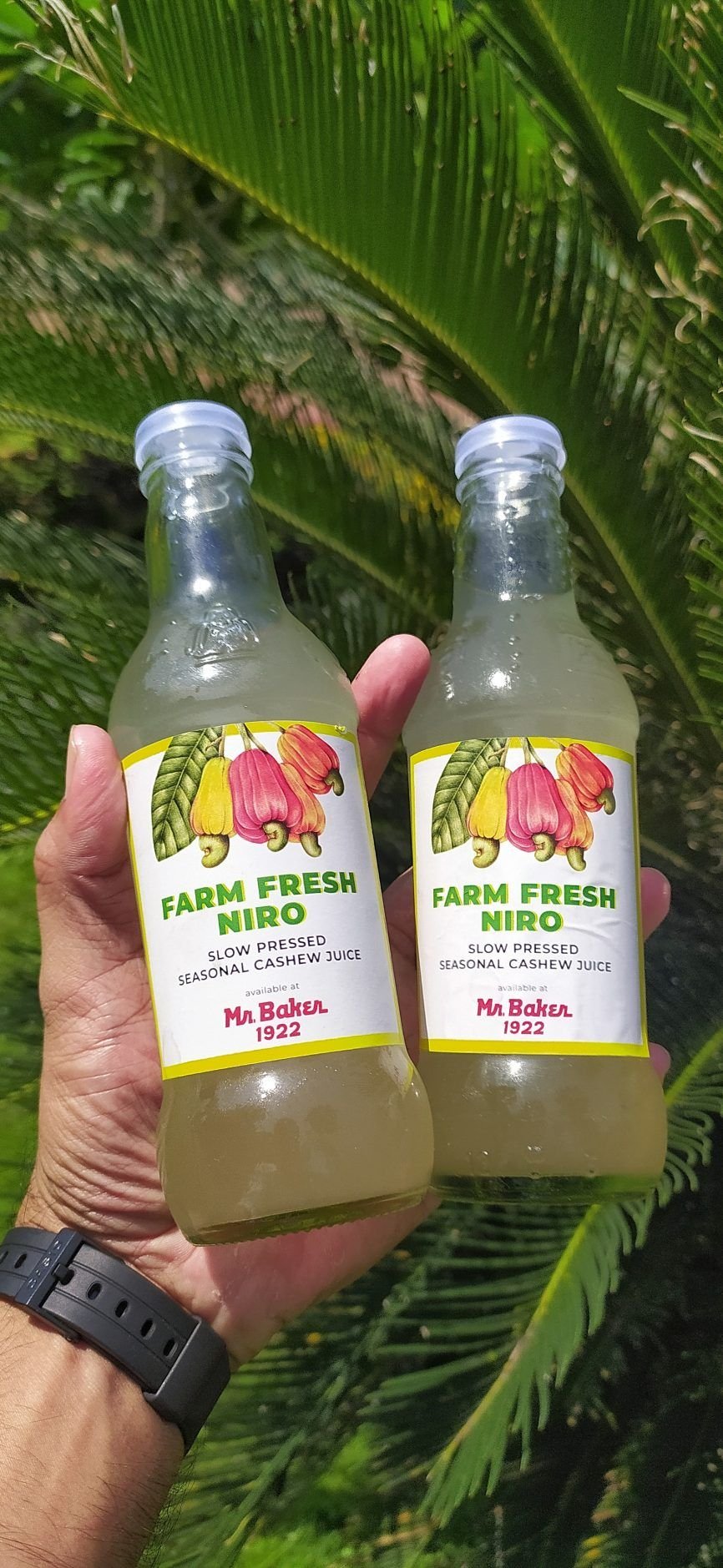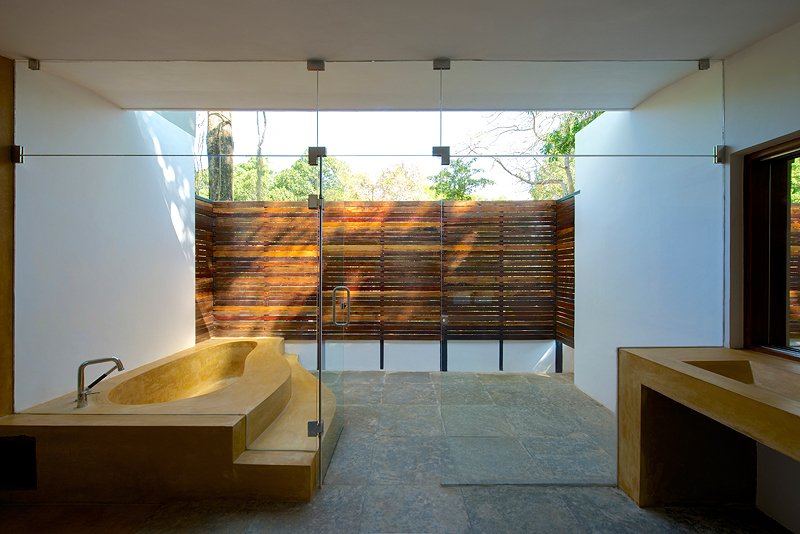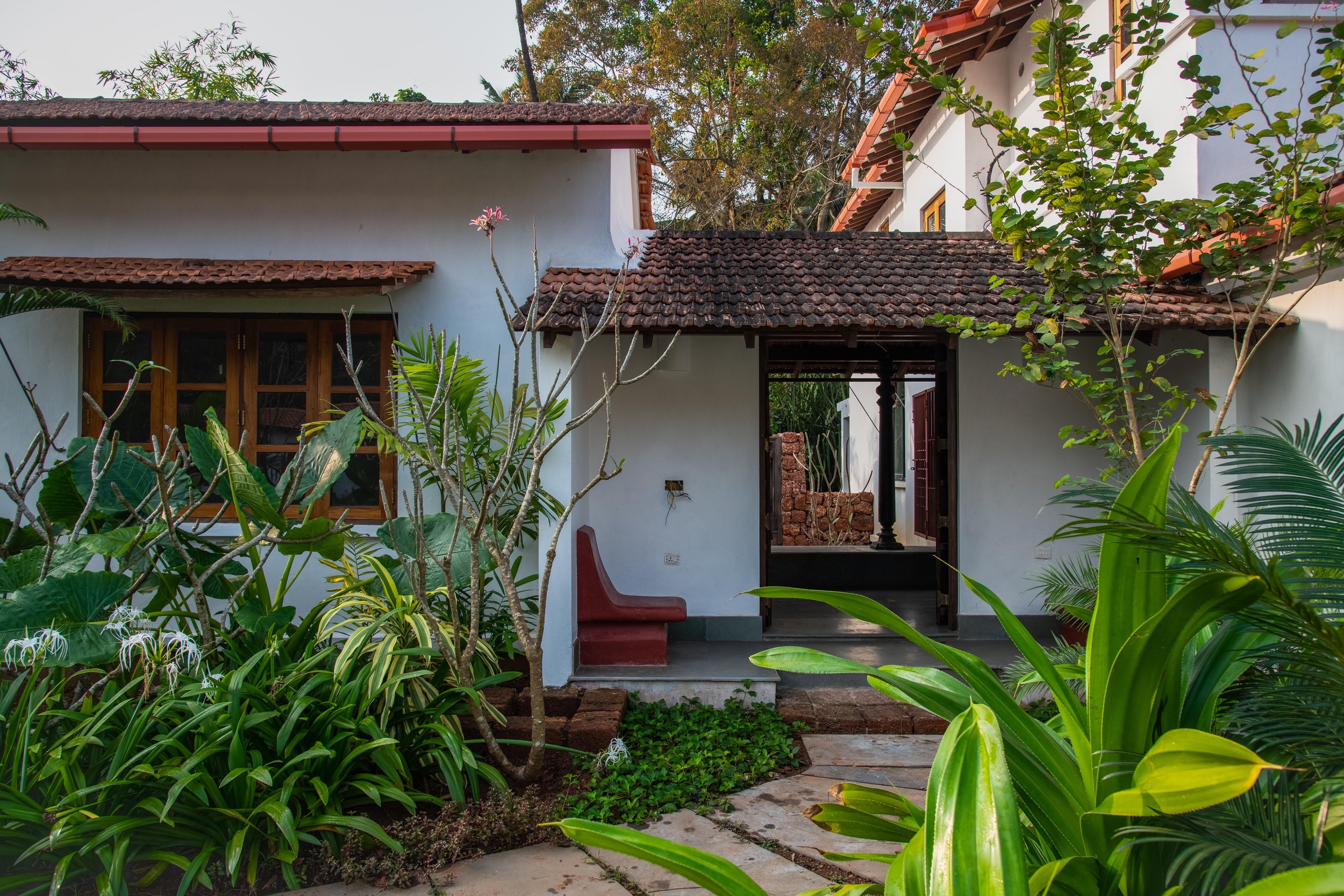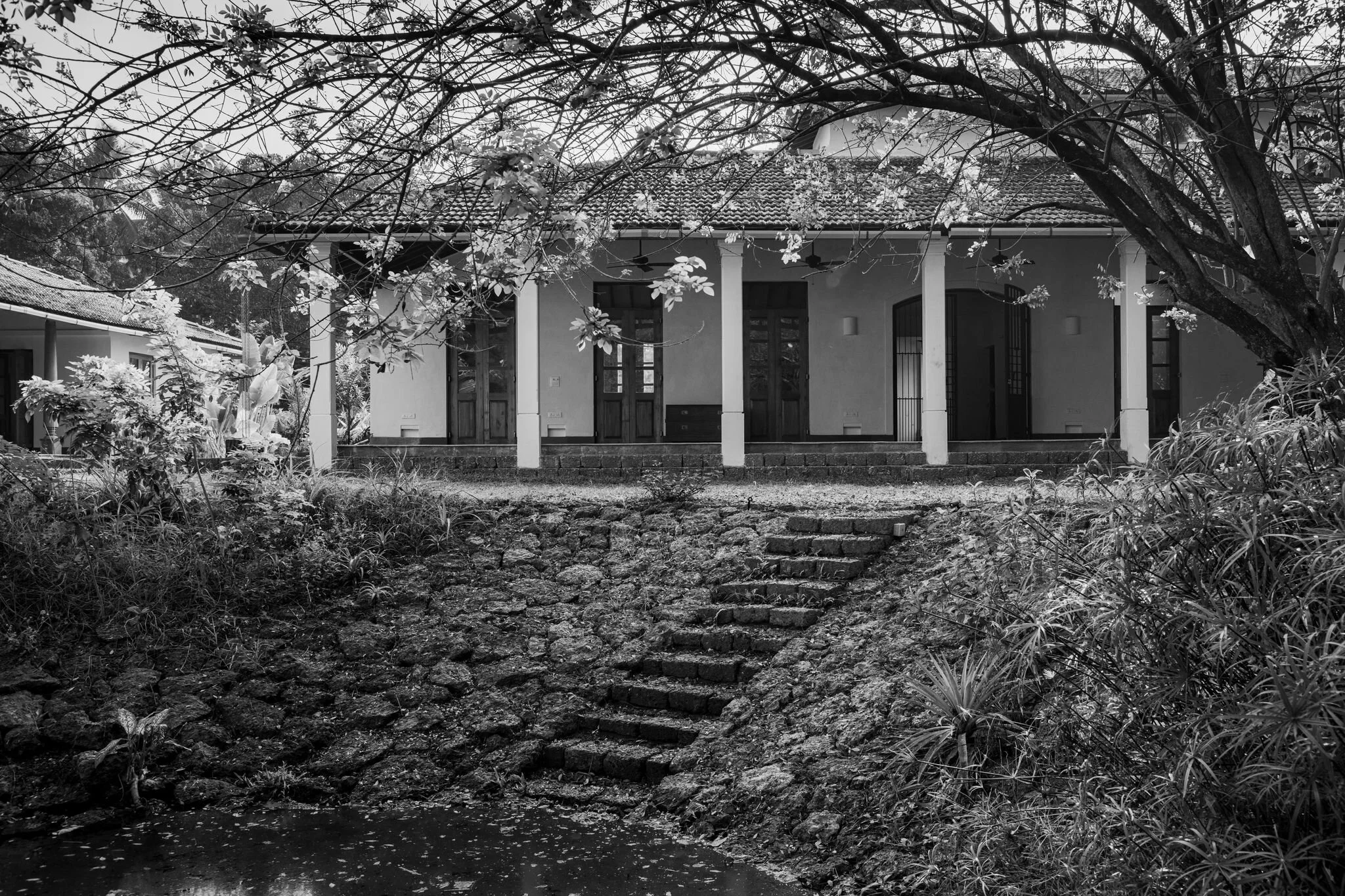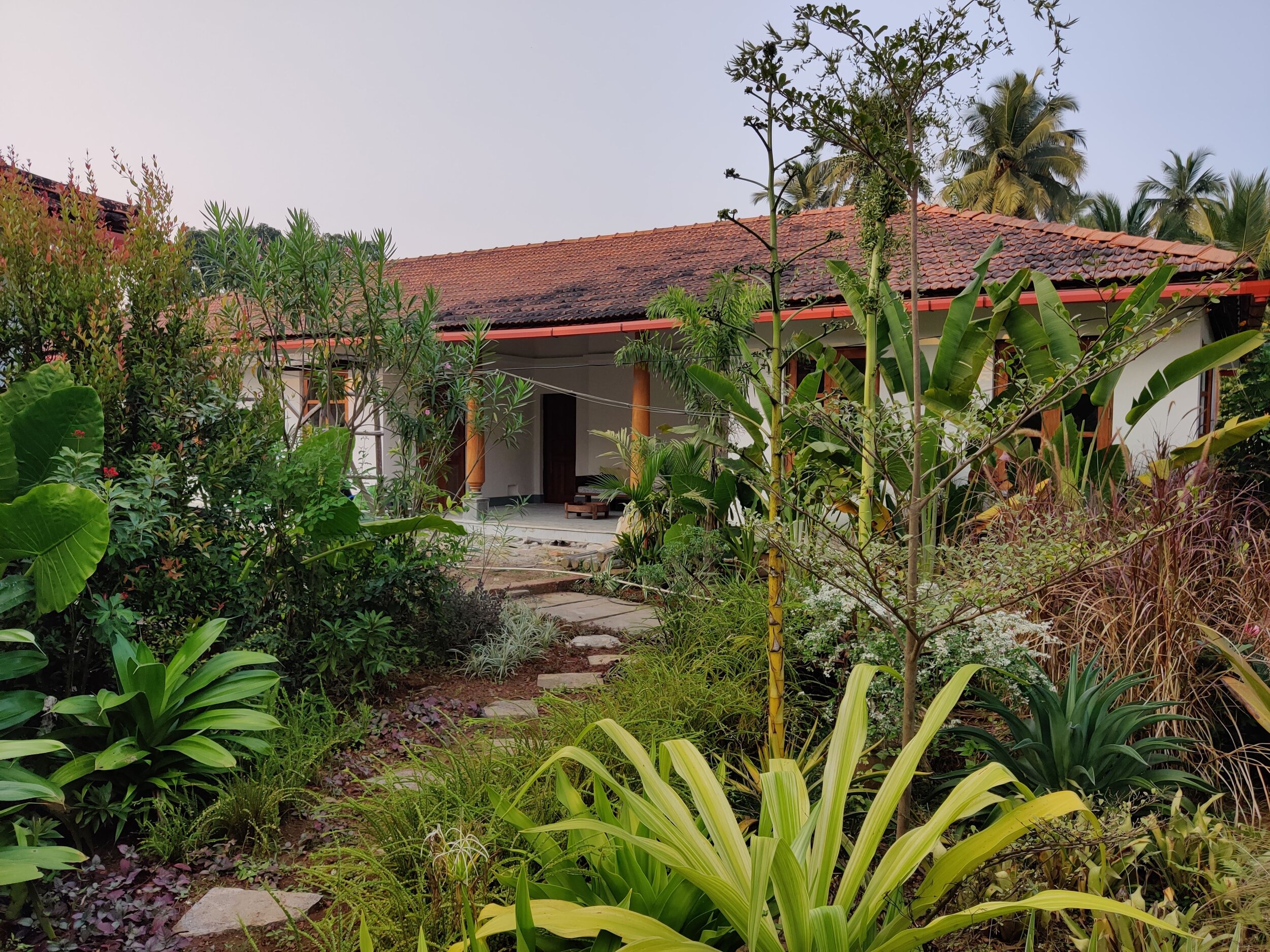Grounded in Goa is a series that documents the everyday beauties and joys of living in Goa. For anyone looking to move to Goa, it offers a glimpse into Goa's undeniable connection with nature, a life lived in harmony with the fertile land, changing skies, and the giving waters.
Also read - What To Look For While Buying A House in Goa and Designing a House in Goa
Featured

Old wood new life - recycle material
Goa Ecology, Living in Goa, Moving to Goa, LifestyleRoshini GaneshGoa Life, goa ecology, Goa, goa, Goa documented, goan vegetation, goa trees, grounded in goa, Goa Diaries, goan habitats, goa fields, paddy fields goa, landscape goa, Landscape Goa, land in Goa, Buying land in Goa, local landscape, land in goa, Goan, goan farms, goan fields, goan scenes, goan biodiversity, goan lifestyle, goan life, green goodness, Earthy Luxury, Anjali Mangalgiri, Barefoot Luxury, fields of goa, Moving to Goa, Living in Goa, living in goa, live with nature, Live local, Outdoor Living, Outdoor living, grounded living, where to live, where to live goa, North Goa, nature, South Goa, real estate goa, Life in Goa, goa life, lifestyle in goa, Goan lifestyle, Tropical, Luxury lifestyleComment


























